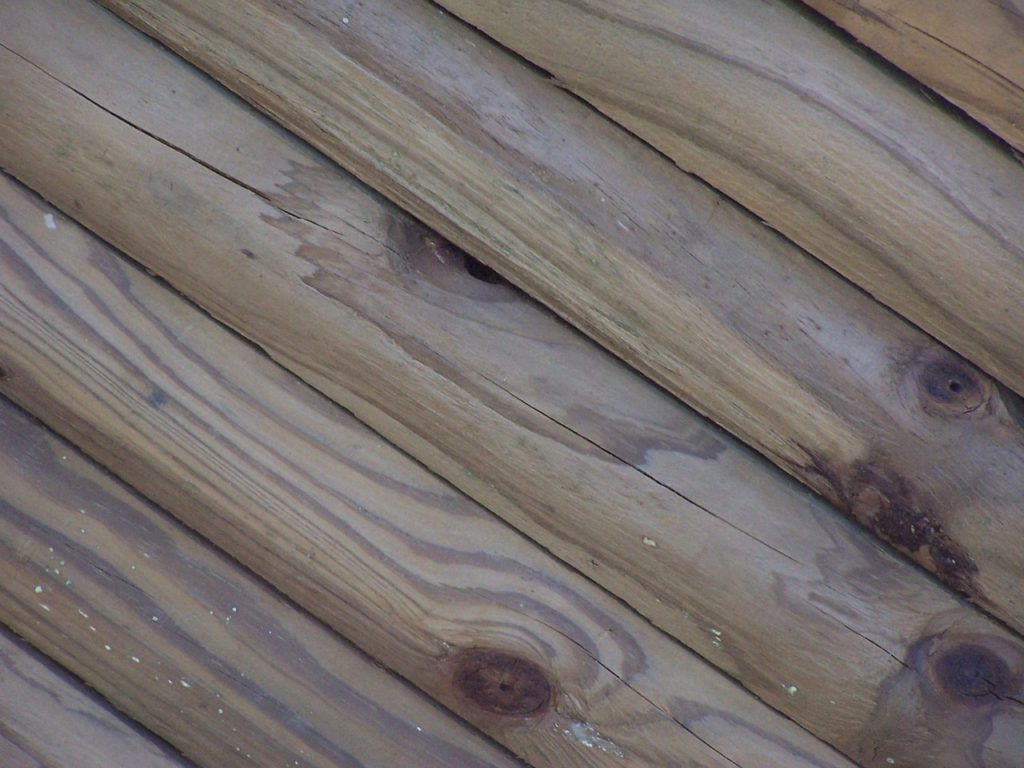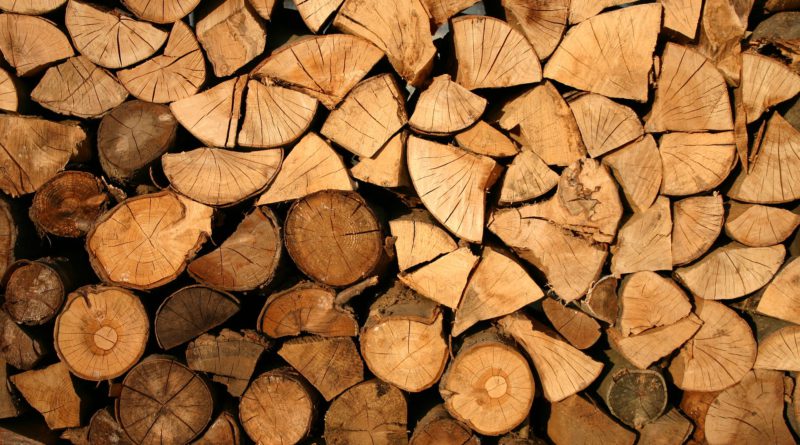Tips For Timber Stain Colours
Cabot’s Wood Deck Staining, Oils, Paints, and varnishes come in hundreds of colours and are designed to protect and nourish the wood and provide lasting results. Wood stains, oil refinements, and water-based wood care products have their place in wood care.
If your stain contains a lot of pigment, brush on a heavy coat and let it dry for around an hour so that a layer of pigment stays firmly on the wood surface. Oil stains do not increase the grain of the wood, which means it’s not necessary for sanding the surface. Water-based wood stains provide paints that are not as easily absorbed as oil-based wood stains.
Whether you’re looking for light ash or a rich mahogany stain, you can change the look of your wooden floor. If you want a darker colour and a more pronounced grain pattern, choose stained wood. If the wood stain is too dark when you apply it to the area you want to swap first, use a clear wood stain instead.
Timber stain colours such as brown and natural wood colors tend to be the best options for outdoor wood. Use a stain that emphasizes the wood grain and gives a light wood character.
If a piece of furniture consists of cherry, maple, mahogany, rosewood, old pine, or any other rare wood, the wood should not be stained because these woods look the best in their natural color.
If your motivation for using wood stain is rich pigments, a bare strip of wood will change color and highlight the beautiful grain. If there is less pigment in a monochrome stain, it darkens the wood grain. You can get an indication of the color of your wood to hide the natural wood grain by using cabbage or exterior varnish stain.
This stain emphasizes the natural color of the wood and provides a decorative finish. The natural colour of the wood influences the final colour of the stain.
Choose this stain if you want a rich, vibrant, opaque surface that hides the wood grain and at the same time reveals a little how would the wood be structured. NGR stains are recommended for use on hardwood grains as oil stains do not absorb as well. Protects against water and moisture and prevents the stain from settling on the wood surface, which can lead to staining flakes.
A smoother wood absorbs fewer stains and appears lighter, but be careful not to sand too much as this will seal your wood and not remove the stain.
Here are a few tips before you start coloring your deck: Apply the stain in the air with the wood surface at a temperature between 50 degrees and 90 degrees. Prepare the top surface before staining the deck to ensure that the wood is dry and free of impurities.

When it comes to the treatment of moisture-containing wood, it is advisable to wait up to 6 weeks to allow the wood to dry out thoroughly, and it is recommended to pickle it on warm, dry days. When staining decks or wood projects that receive a lot of sunlight, consider that lighter stains reflect heat more effectively, while darker stain colors absorb more heat. Wash the deck with Cabot (r) Problem Solver ™ Wood Cleaner, rinse with clear water and leave the deck dry for two to three days. Finally, to put on some timber oil to protect the surface and the colour of the wood.
They lead to a bolder shift in color to the final color than the original color of the wood, with more direction in the stain color. The final color is the result of mixing the stained color with the original wood color.
If, as shown in the Home Center, you select a pickling palette and restrict the options, consider how the grain and color of your project wood affect your results. Fillers are designed to be colourable, but it takes longer to stain and the final colour may differ from the surrounding wood. Therefore, it is important to test surfaces for comparison before starting the main project.
There are several organic stains made from pine and other woods. Solvent-based wood stains such as Morrell Light and Fast Wood Stains are more suitable for people who are professional because they dry quickly, easy to apply, and are light and fast-read, therefore they are lightfast, making them ideal for areas exposed to direct sunlight. Varnish-based wood stains such as Sadolin are particularly durable wood stains with pigments and colored lacquers that are ideal for coniferous and hardwood projects such as doors and windows to provide extra long-lasting protection.
Oil stains do not increase the wood grain, so you do not need additional sanding. Allow proper care with saw cuts, stack with spacers, and move the wood in the air for drying.
When it is time to paint deck, fence, or other wooden surfaces outdoors, it is important to learn about Wood Finish 101 and be aware of the potential dilemmas that can arise if the wood does not want to be maintained. Pickling by pulling two pieces of wood apart to restore color or bleach the surface can change or deepen the color of the wood.

